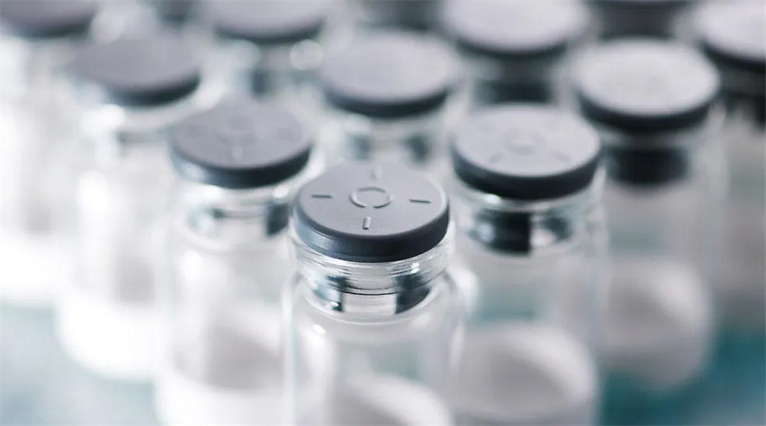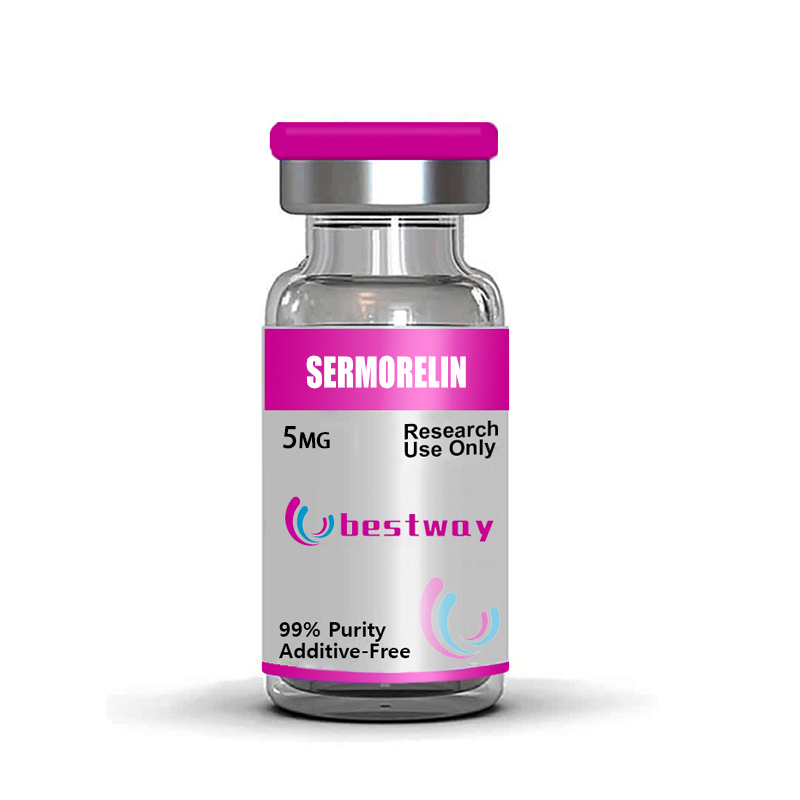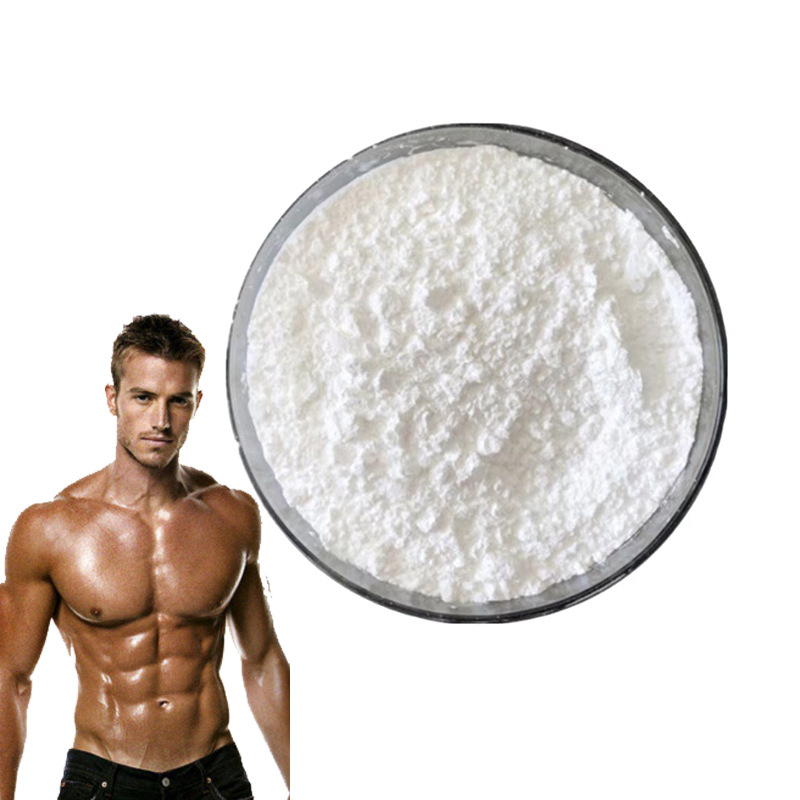What is Sermorelin?
Sermorelin is a synthetic peptide analog of human growth hormone-releasing hormone (GHRH). It was developed by EMD Serono, a German company, for the treatment of growth hormone deficiency (GHD) in children and adults. The main function of the peptide is to stimulate the body to produce and release growth hormone (GH).
After clinical trials, growth hormone-releasing peptide was first approved by the U.S. Food and Drug Administration (FDA) in 1997 under the trade name "Geref" for the treatment of growth hormone deficiency (GHD) in children and adults. In 2008, the FDA stopped approving the drug for commercial reasons unrelated to safety or effectiveness.
Growth hormone-releasing peptide can also be used as a diagnostic agent to evaluate whether the pituitary gland in a particular patient is functioning properly and releasing adequate amounts of growth hormone.
Other applications of this peptide are currently being studied, including its role in the diagnosis and treatment of hormone deficiencies, including its role in sleep quality, heart health, and even as a new type of brain tumor treatment.
Sermorelin Benefits | Clinical Trials
Our team conducted a literature review using PubMed, Google Scholar, and EMBASE to identify relevant benefits and uses of sermorelin. Here are three of the most notable:
Effective Treatment for Growth Hormone Deficiency in Adults: Sermorelin is an effective and attractive treatment for growth hormone deficiency in adults. Unlike rhGH, sermorelin does not stimulate the liver to produce IGF-1, but rather stimulates the pituitary gland to produce and secrete endogenous hGH, thus offering many clinical advantages over exogenous hGH.
Of note, according to a 2006 article by Richard Walker, overdosing of endogenous hGH is "difficult or even impossible to achieve" because the effects of ghrelin are regulated by negative feedback from the inhibitory neurohormone somatostatin.
Growth hormone deficiency (GH) treatment (HGH) does not cause side effects such as cancer and diabetes, and therefore, HGH treatment of growth hormone deficiency (GH infault) in adults has been widely studied and used in longevity medicine to maintain youthful anatomy and physiology.
Positive effects on body composition: Sermorelin has been identified as one of several growth hormone secretagogues (GHS) that may help manage body composition in hypogonadal men. A 2020 paper by Deepankar et al. states that sermorelin can "significantly improve body composition" (in hypogonadal men) while "improving specific hypogonadal symptoms" such as fat gain and muscle wasting.
While the authors suggest that GH may be used to help hypogonadal men and men with subclinical hypogonadism achieve gains in lean body mass, to date, no published studies have investigated the effects of GH on body composition in healthy subjects, highlighting an area for further research.
Potential anti-aging benefits: A 1992 study found potential anti-aging benefits for sermorelin after injecting 9 young male subjects (22 to 33 years old) and 10 older male subjects (60 to 78 years old) with the peptide. The study found that short-term subcutaneous injections of sermorelin reversed age-related declines in GH and IGF-I levels in healthy male subjects.
A 1997 single-blind, randomized, placebo-controlled trial found that older male and female test subjects who received 16 weeks of nightly subcutaneous injections of sermorelin had "significant increases in skin thickness." The peptide was found to significantly increase lean body mass in male test subjects and significantly improve sexual desire and well-being. By the end of the trial, the male test subjects had gained an average of 1.26 kg of lean body mass.
Sermorelin and heart health: Sermorelin has been studied along with other GHRH agonists as a potential treatment for myocardial infarction scars in pigs. Research from 2015 found that sermorelin had a variety of benefits in animal models after a heart attack, including:
Reduced remodeling after a heart attack
Increased blood vessel growth in damaged tissue
Reduced cardiomyocyte death
Therefore, there has been research interest in the related benefits of ghrelin for heart health, namely its potential to treat problems caused by cardiac remodeling and its ability to repair cardiomyocyte damage after a heart attack.

Is sermorelin safe?
Sermorelin is not currently FDA-approved, as the drug was withdrawn in 2008 for reasons other than safety and efficacy. Safety data for sermorelin in nonmedical uses, such as improving body composition in healthy subjects, are still lacking.
As Prakash and Goa point out, while sermorelin is a “well-tolerated” GHRH analog when used in GHD provocation trials in children, such trials involved only a single intravenous dose of 1 μg/kg body weight and tell us little about the long-term safety of the peptide.
Walker believes that growth hormone-releasing peptide may be safer than exogenous rhGH because it does not stimulate IGF-1, and it is almost impossible to cause overdose because the peptide only stimulates endogenous hGH and its effects are regulated by somatostatin.
Description
Sermorelin is a xanthine oxidase inhibitor and a peptide hormone that stimulates release of the growth hormon. Sermorelin Acetate, was used for characterization of a growth hormone-releasing factor from a human pancreatic islet tumor. It is also used to diagnose and treat poor growth in children. It is sometimes used off-label to treat hGH deficiency in adults.















